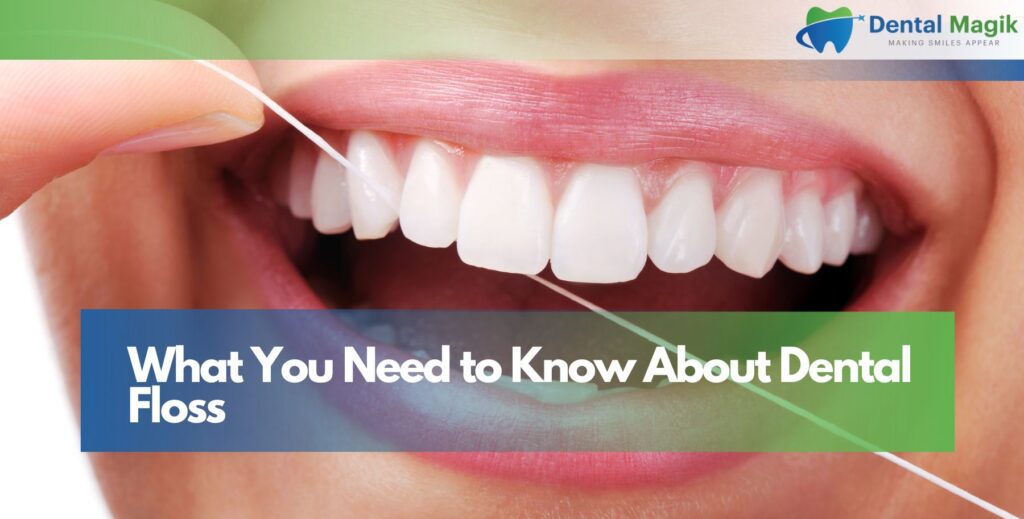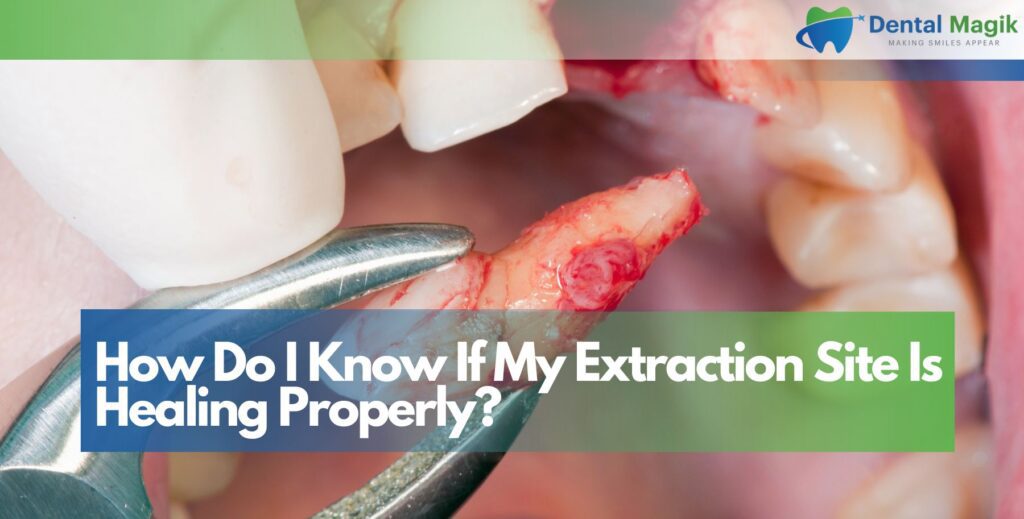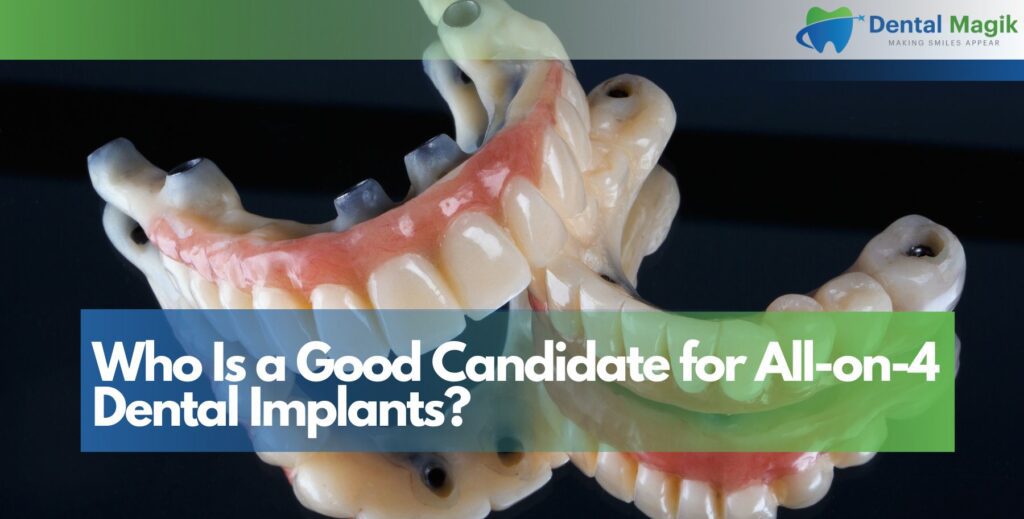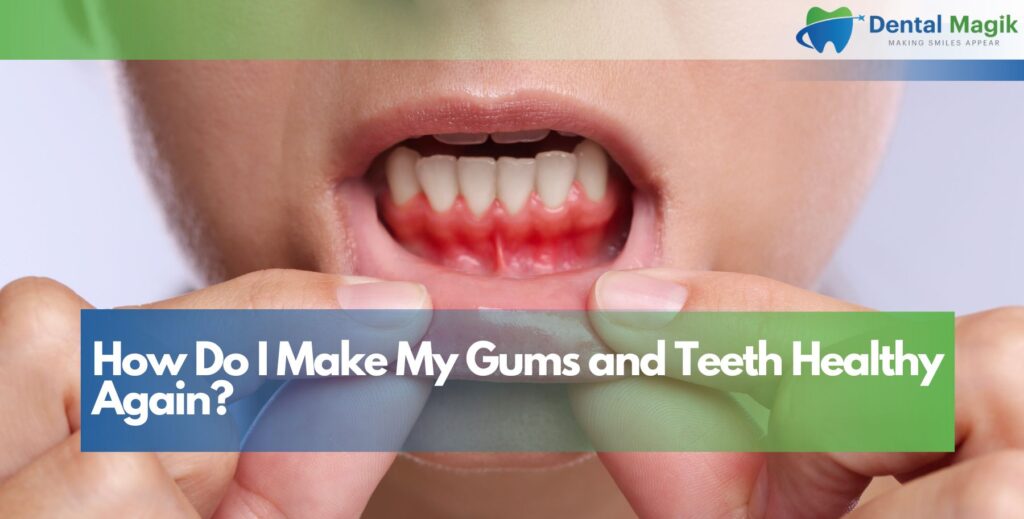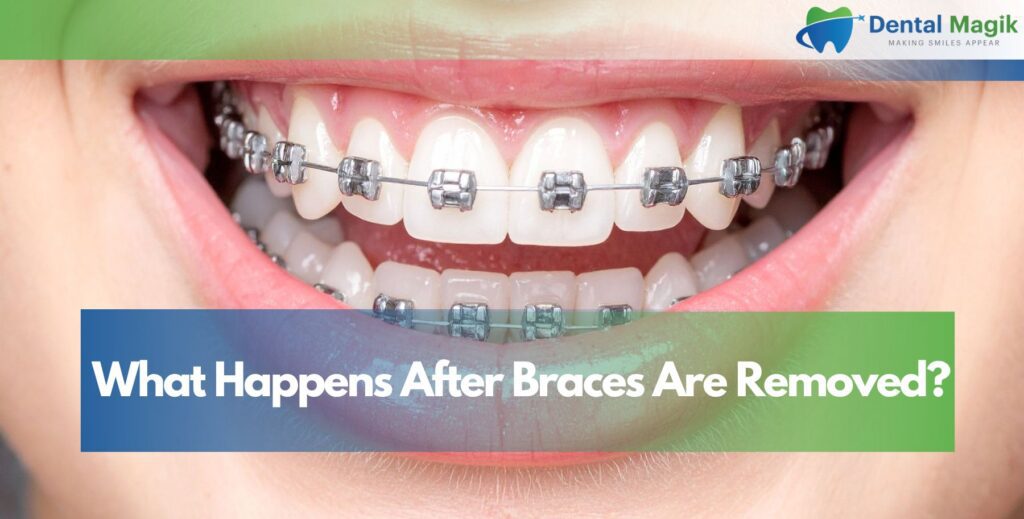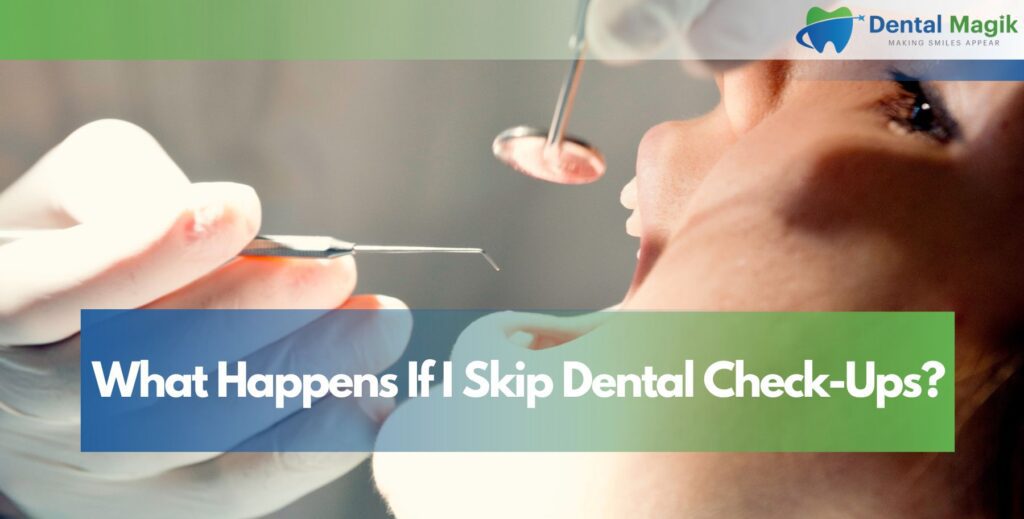Dental hygiene goes far beyond brushing. If you want a healthy smile and long-lasting oral health, dental floss should be part of your daily routine. Yet, many people overlook its importance. This guide breaks down everything you need to know—how to use it, why it matters, and what kind is right for you.
Why Dental Floss Is Essential for Oral Health
Even if you brush twice a day, your toothbrush can’t clean the tight spaces between your teeth. Dental floss reaches the spots where plaque builds up and causes cavities, gum disease, and bad breath. If you skip flossing, you miss about 35% of each tooth’s surface.
The Role of Dental Floss in Preventing Gum Disease
Flossing removes trapped food and bacteria from the gum line, preventing gingivitis—the first stage of gum disease. Regular flossing keeps inflammation away and helps your gums stay firm, pink, and healthy.
Types of Dental Floss Available
There are different types of floss available, and choosing the right one can make a big difference in your daily routine.
Waxed vs. Unwaxed Dental Floss
Waxed dental floss slides easier between tight teeth, while unwaxed floss gives more grip for those with wider gaps. Neither is better—it’s about your personal comfort.
Dental Tape
Dental tape is broader and flatter. It works best for people with braces or larger spaces between their teeth. It’s softer on the gums, especially for beginners or those with sensitive mouths.
Floss Picks and Pre-threaded Flossers
If string floss feels like a hassle, try floss picks. They’re portable and simple to use, making flossing more accessible for kids or people on the go.
How to Use Dental Floss Properly
Using dental floss the right way ensures you get all its benefits.
Step-by-Step Guide to Flossing
- Take about 18 inches of floss and wind most of it around one finger.
- Gently slide it between your teeth using a rubbing motion.
- Curve the floss around each tooth in a C shape.
- Move it up and down to clean both sides.
- Use a clean section of floss for each tooth.
Common Flossing Mistakes to Avoid
Flossing too hard, skipping teeth, or rushing the process are all mistakes that can harm your gums. Don’t snap the floss between teeth—it can cut your gums and cause bleeding.
Benefits of Flossing Daily
Cavities often form in places your toothbrush can’t reach. Flossing daily clears plaque buildup and keeps those sneaky spots clean.
Fights Bad Breath
When food particles get stuck between teeth, bacteria feed on them and release foul-smelling gases. Flossing removes the source of bad breath.
Improves Overall Health
Gum health is linked to heart health, diabetes, and even pregnancy outcomes. Daily flossing reduces the risk of chronic inflammation that affects your entire body.
Is Flossing Better Before or After Brushing?
Some experts recommend flossing before brushing, as it loosens debris so your toothbrush and toothpaste can clean more thoroughly afterward.
Flossing After Brushing
Others floss after brushing to catch anything their toothbrush may have missed. Whichever you choose, consistency matters more than order.
Flossing with Braces or Dental Work
Braces, crowns, and bridges can make flossing tricky—but not impossible.
Special Tools for Flossing with Braces
Use floss threaders, super floss, or interdental brushes to clean around brackets and wires. Your orthodontist can guide you on the safest methods.
Dental Floss Alternatives: Do They Work?
Water flossers use a pressurized stream to clean between teeth and below the gumline. They’re great for people with sensitive gums or dental work, but they may not remove as much plaque as string floss.
Interdental Brushes
These small brushes fit between teeth and can replace floss for some users, especially those with wider gaps or dexterity issues.
How Often Should You Replace Your Floss?
Always use a fresh section of floss for each tooth. Reusing floss can reintroduce bacteria and reduce cleaning effectiveness.
Best Time of Day to Floss
Flossing before bed is most effective. Your mouth produces less saliva while you sleep, so clearing bacteria before bedtime gives your teeth and gums a clean, healthy environment to rest.
Is Bleeding Normal When You Start Flossing?
Yes—bleeding gums can be a sign of inflammation. If you’re new to flossing, some light bleeding is normal for the first few days. But if it continues beyond a week, it may signal gum disease.
Teaching Kids the Importance of Flossing
Start teaching children to floss around age 6–7. Use fun flavored floss and make it part of their bedtime routine. Setting the habit early prevents long-term dental problems.
Flossing and Your Dental Visits
Your dentist can tell whether or not you floss regularly. Flossing reduces tartar buildup, making cleanings easier and your dental exams healthier.
Eco-Friendly Dental Floss Options
If you’re environmentally conscious, choose biodegradable floss made from silk or plant-based materials. Many brands offer compostable packaging and natural wax coatings.
Can You Over-Floss?
Yes. Over-flossing or flossing too aggressively can cause gum irritation and recession. Stick to once a day using gentle technique.
Flossing During Pregnancy and Health Conditions
Hormonal changes during pregnancy can affect gums. Pregnant women should floss daily to prevent pregnancy gingivitis and other oral issues.
What If You’ve Never Flossed Before?
Start slowly. Your gums might bleed initially, but they’ll strengthen over time. The sooner you start, the better your chances of reversing early gum problems.
Conclusion
Daily flossing might seem small, but it has a huge impact on your oral health. It prevents cavities, fights gum disease, and keeps your breath fresh. Whether you’re new to flossing or trying to get back into the habit, the right technique and floss type make all the difference.
Need professional dental care? Book an appointment today with a trusted Dentist in East Brunswick, NJ to support your oral health journey.
FAQs
How often should I floss my teeth?
You should floss once a day, preferably before bedtime. Consistent flossing removes plaque and food particles and prevents cavities and gum disease.
What’s the best dental floss for tight teeth?
Waxed floss is ideal for tight spaces because it slides easily between teeth without shredding.
Can I use a water flosser instead of string floss?
Yes, but string floss may still remove more plaque in some cases. Water flossers are great additions, especially for people with braces or implants.
Is it bad if my gums bleed when I floss?
Light bleeding is normal if you’re new to flossing. If it continues after a week, see your dentist—it may be a sign of gum disease.
Should children use dental floss?
Yes, children should start flossing when they have teeth that touch. Supervise and guide them with kid-friendly floss picks or tape.

